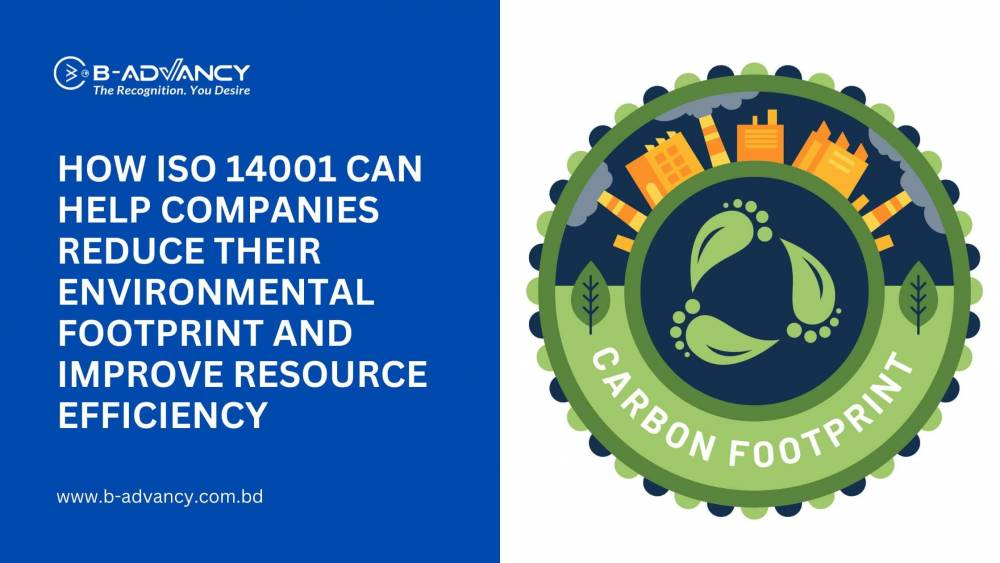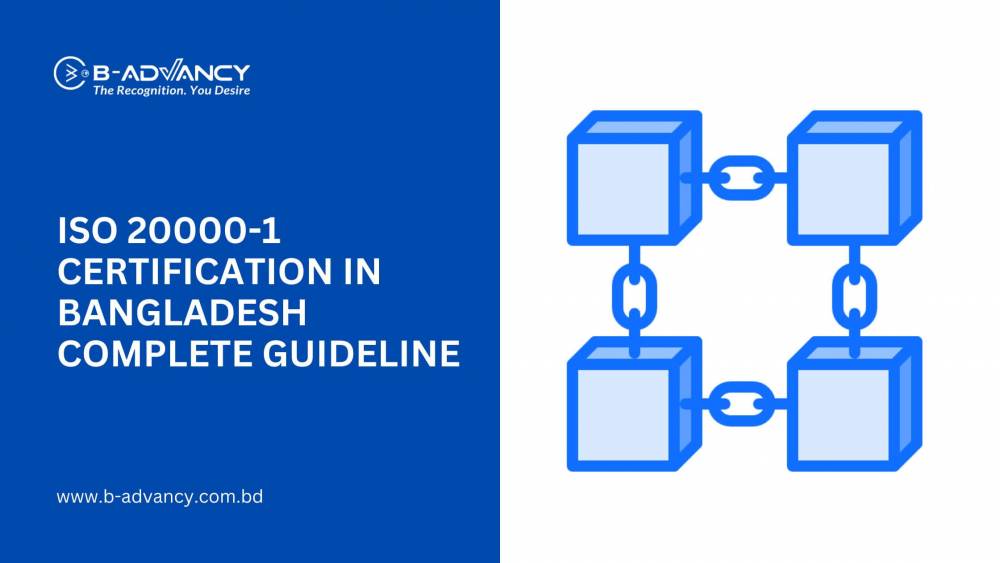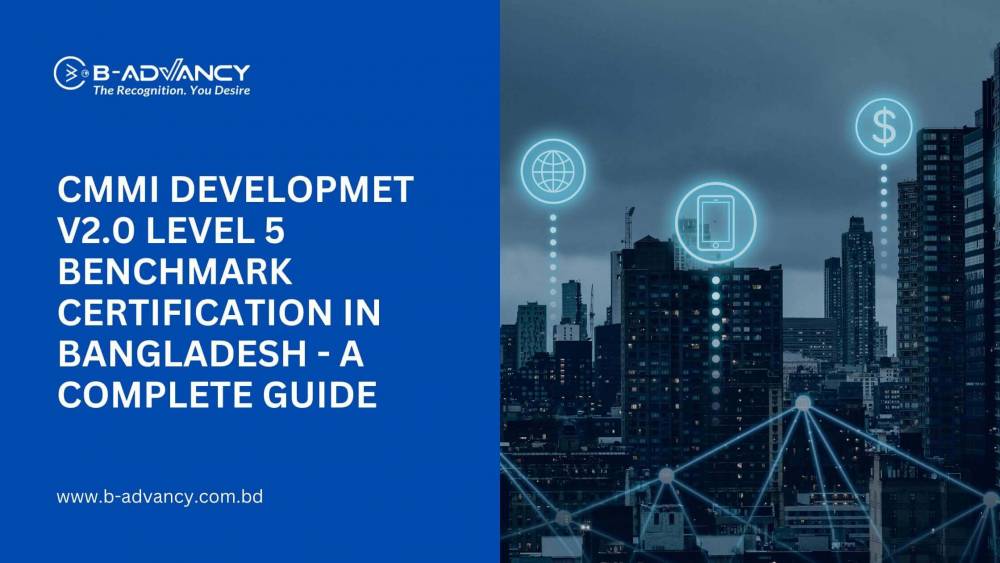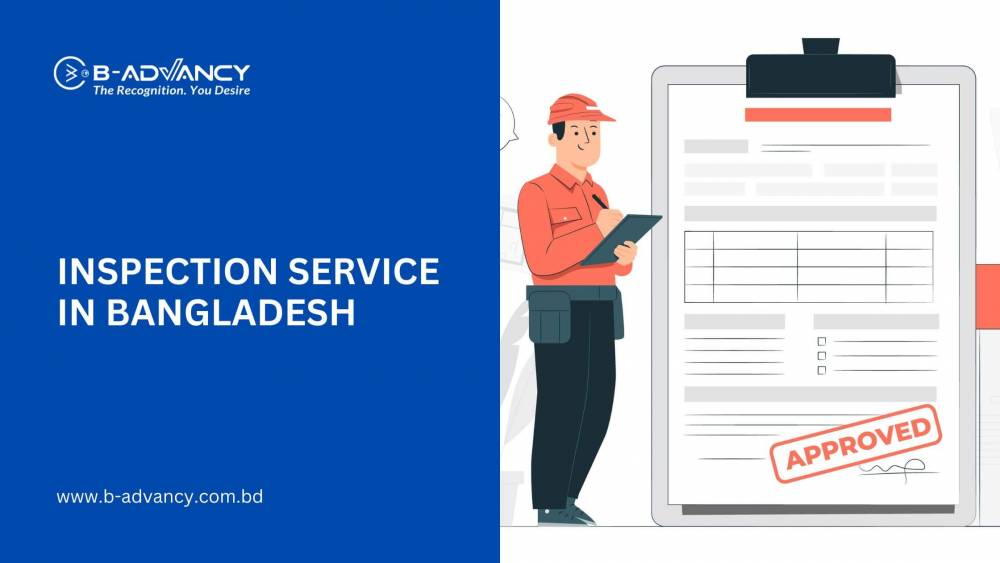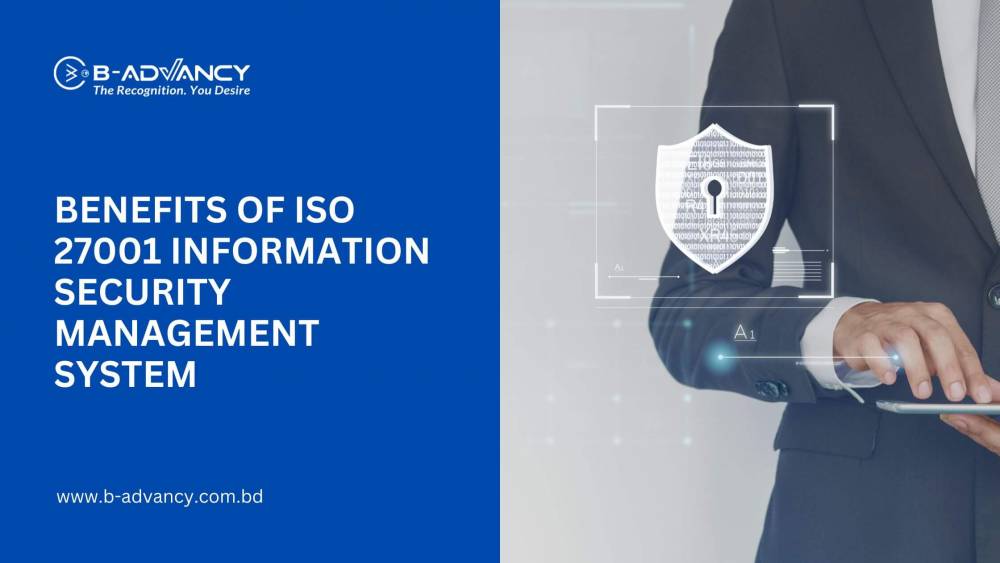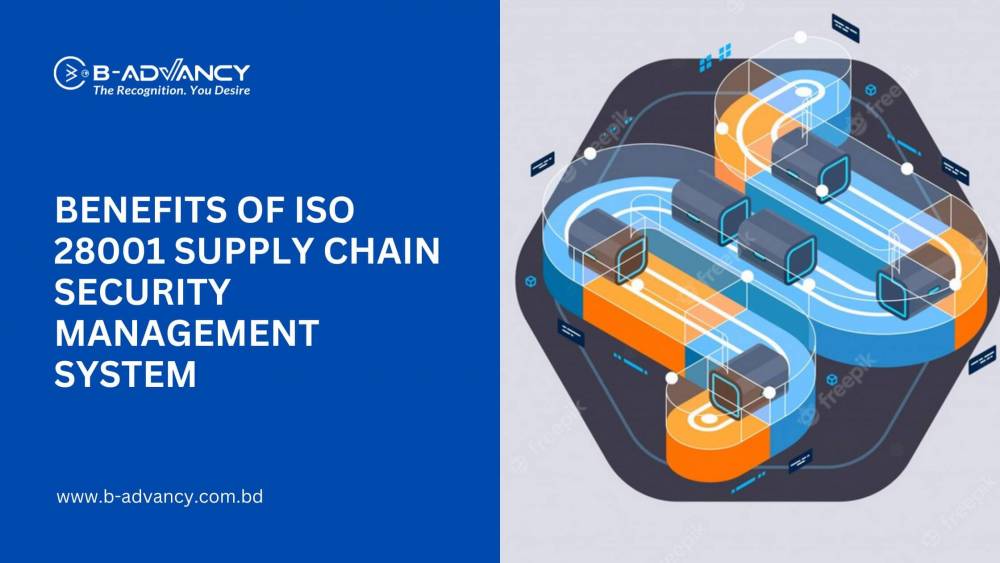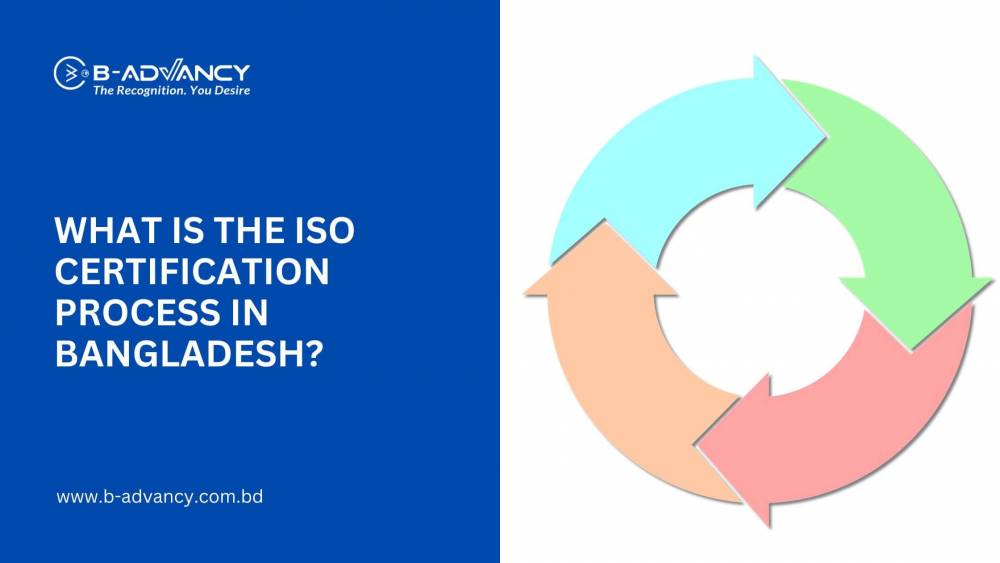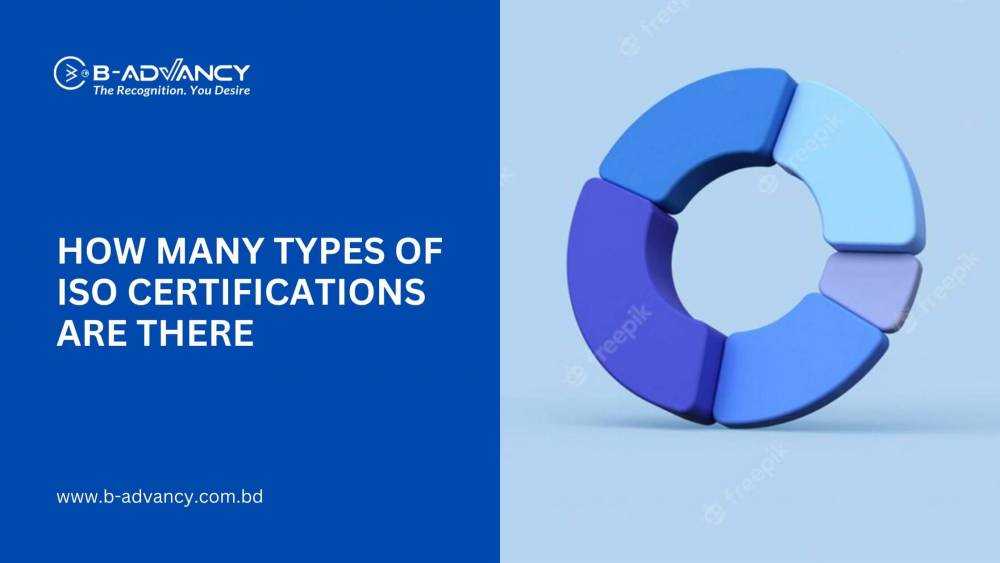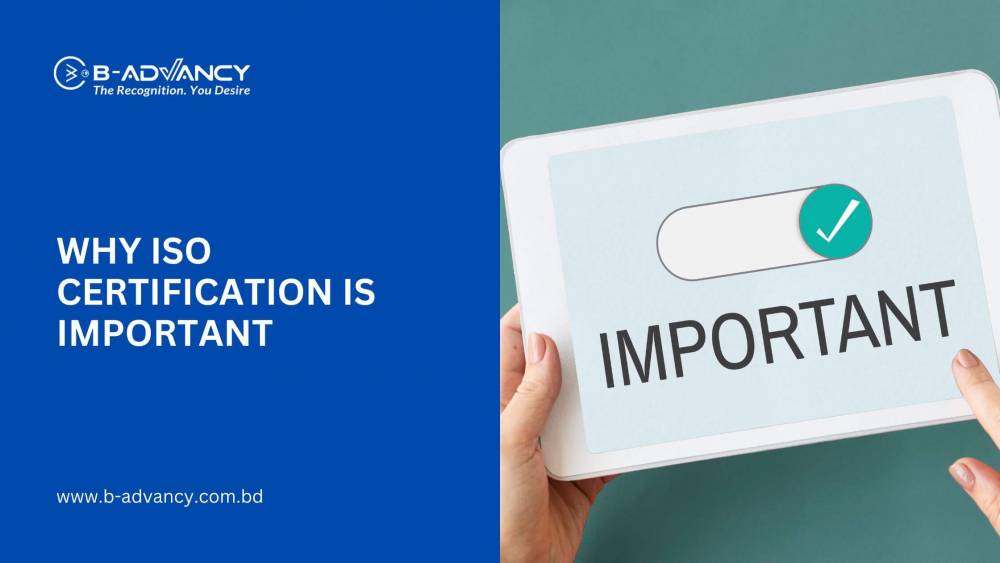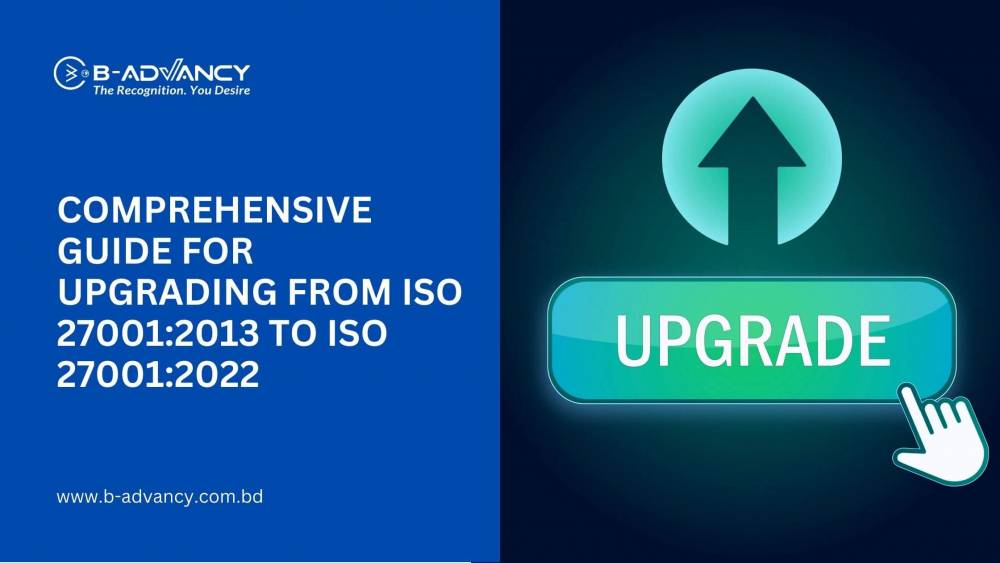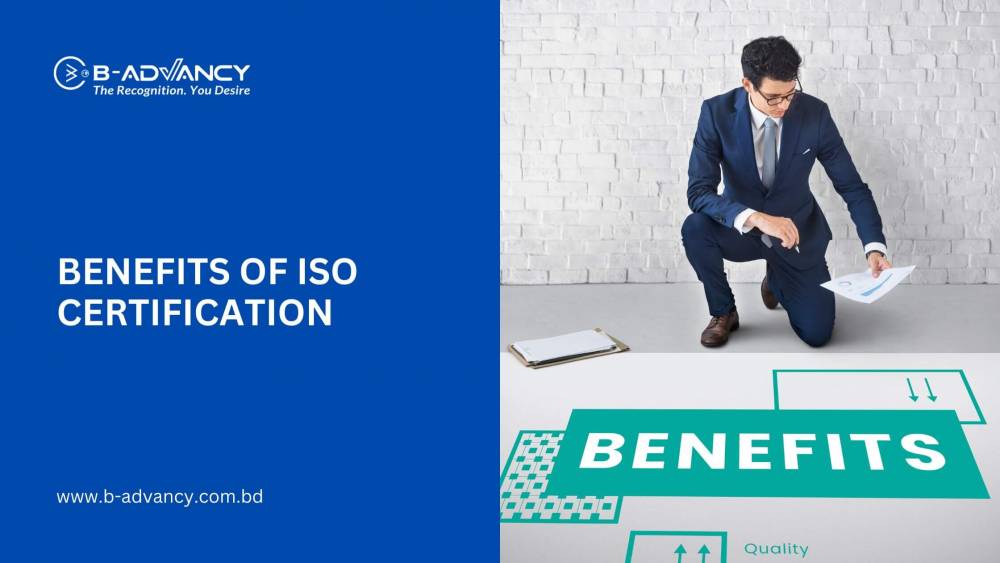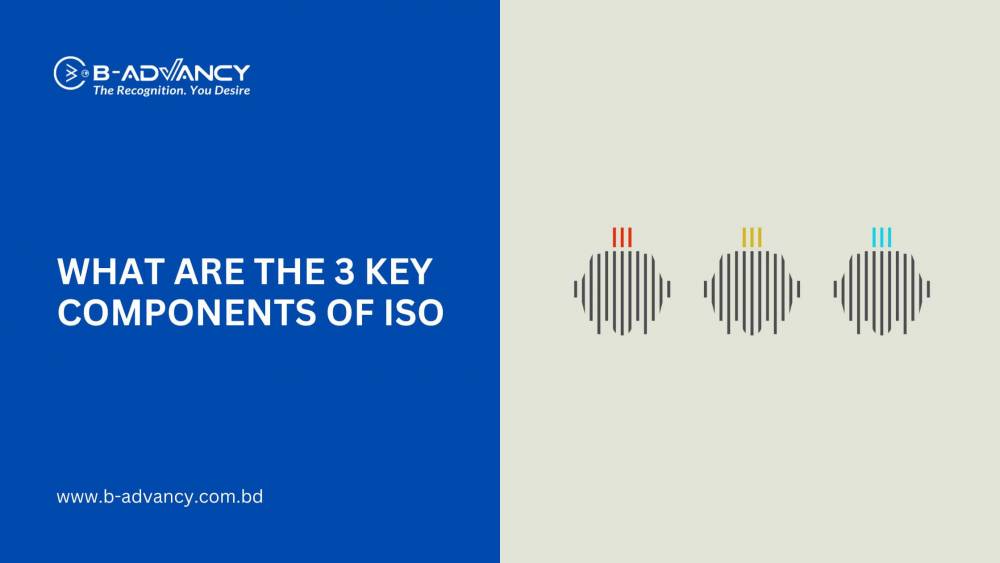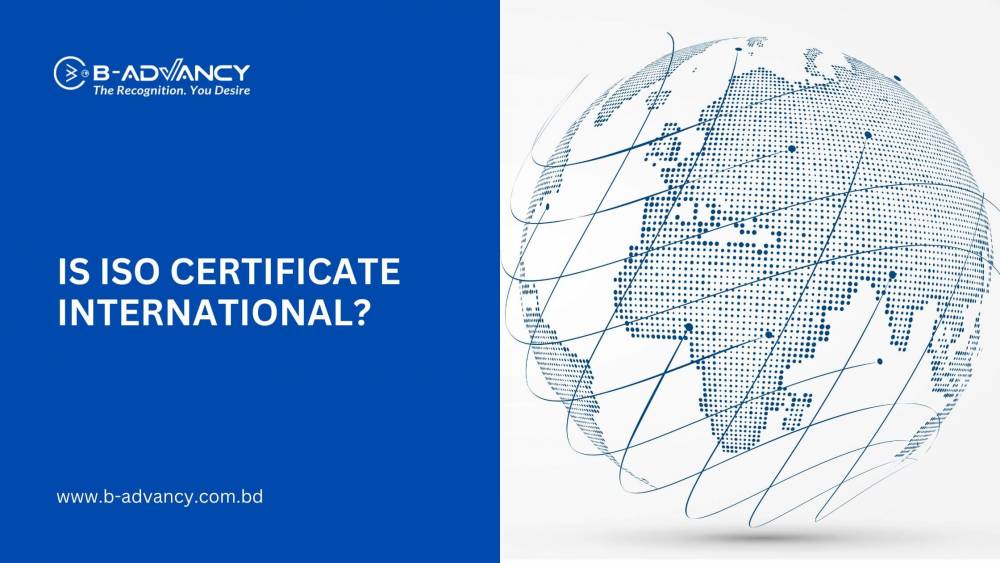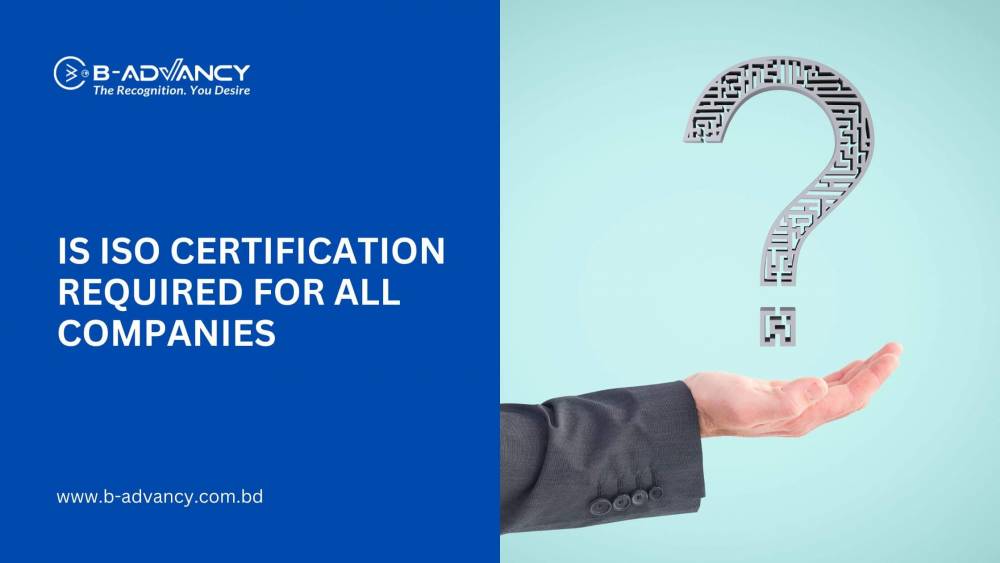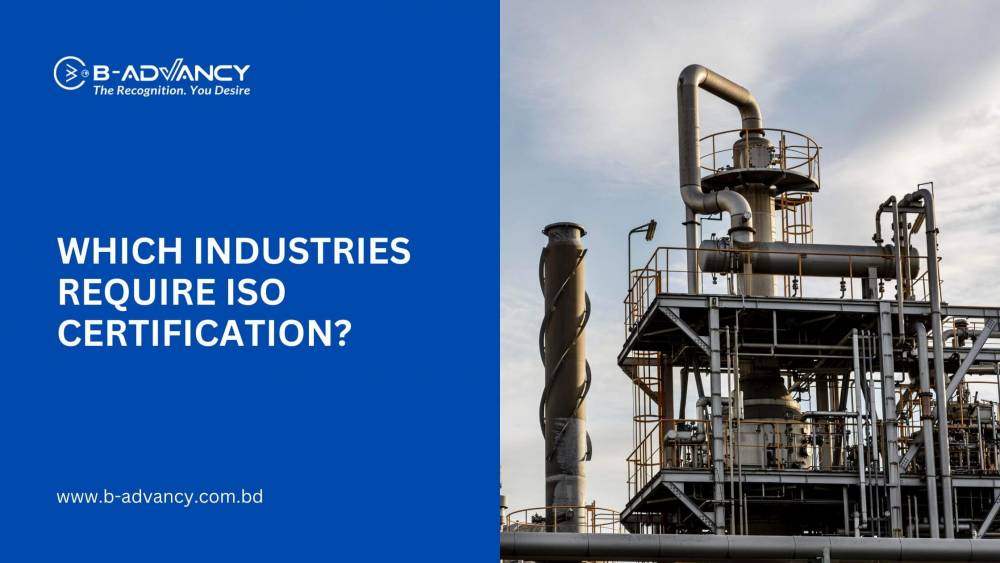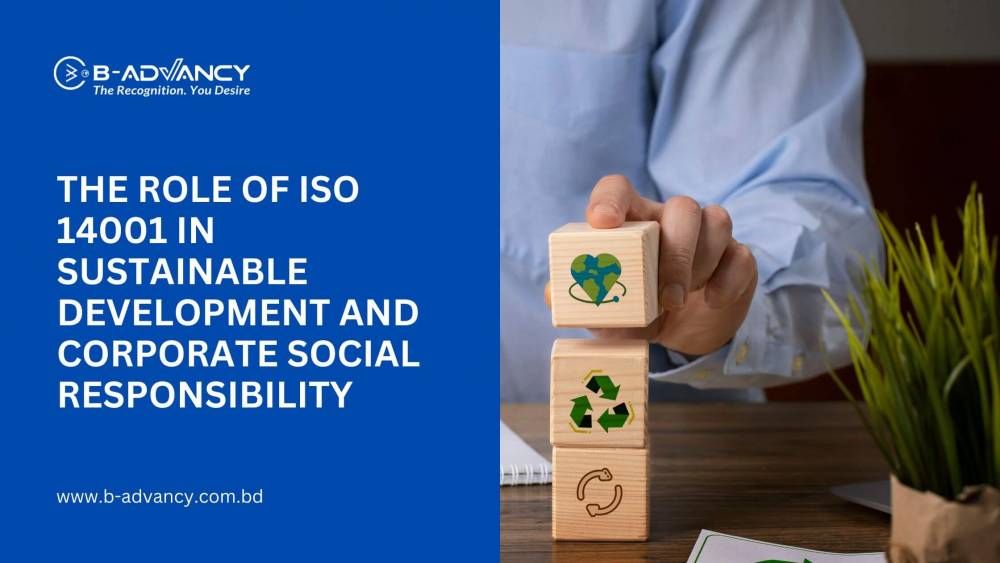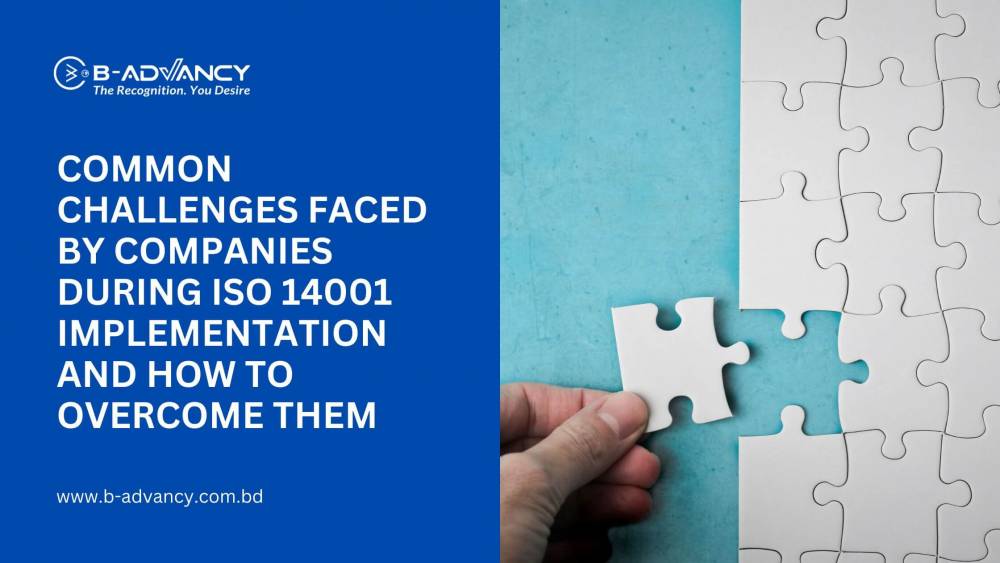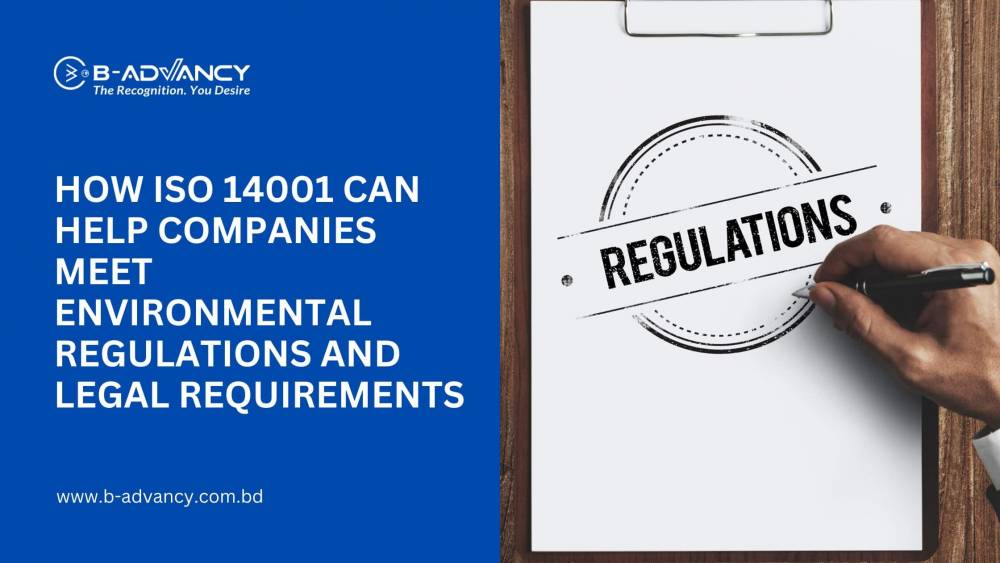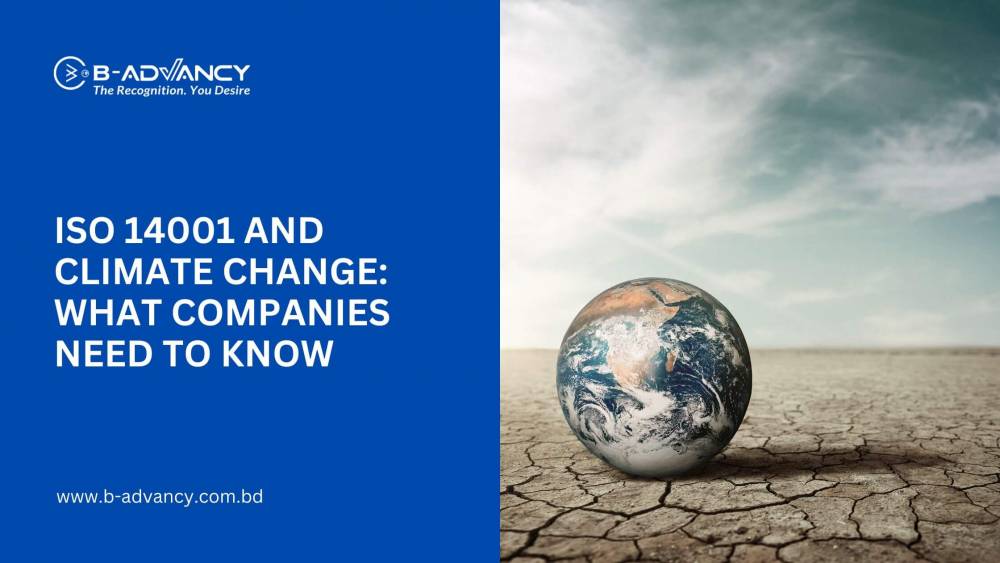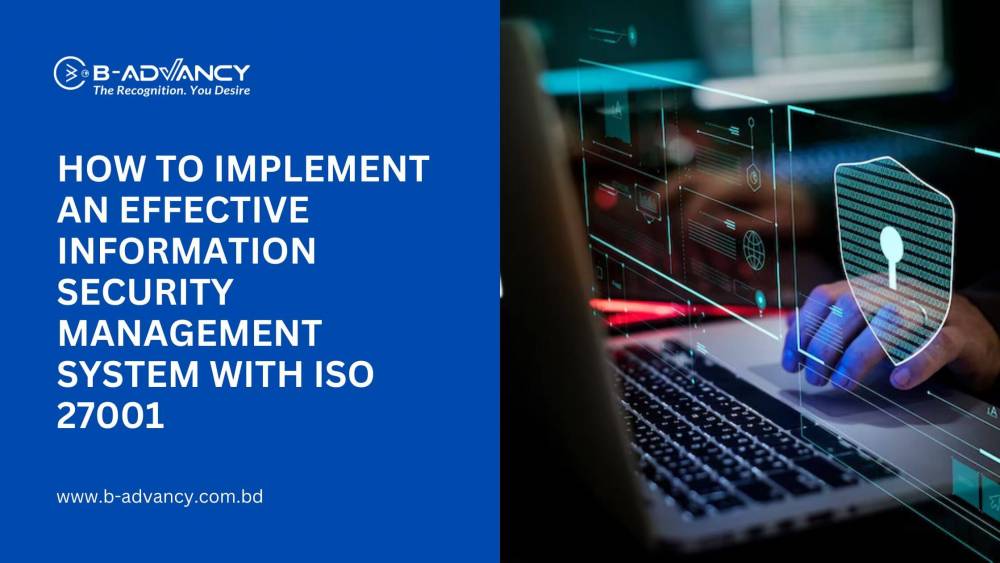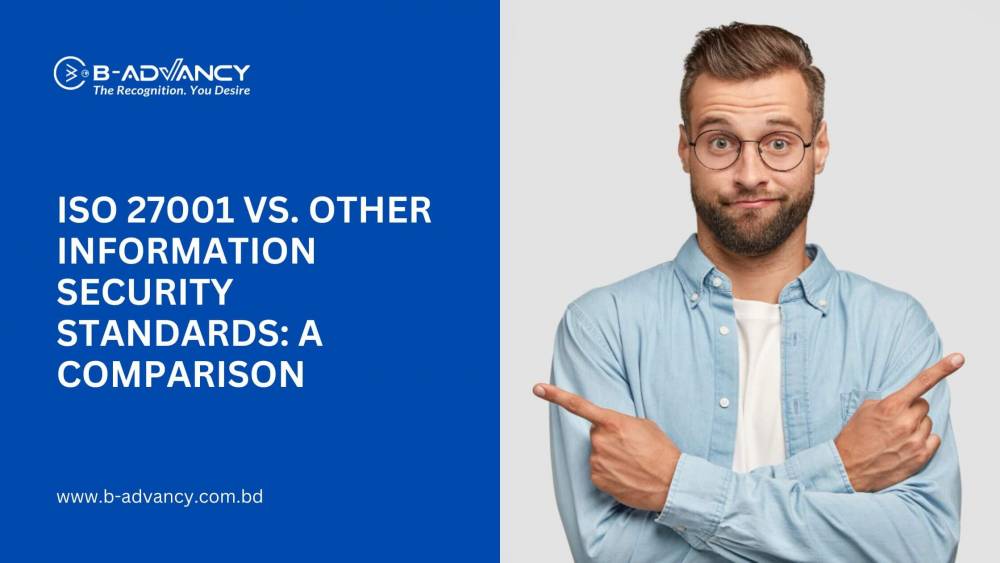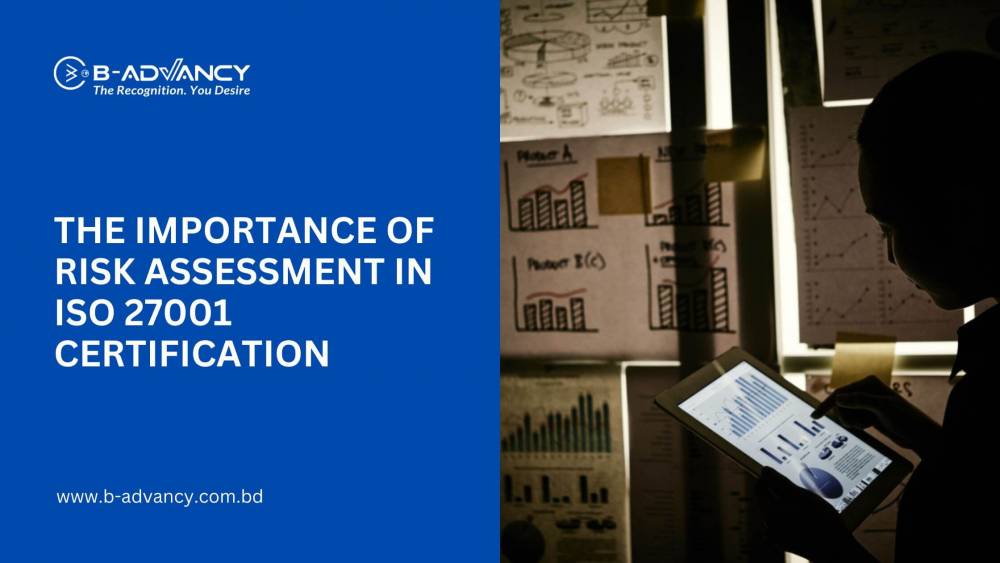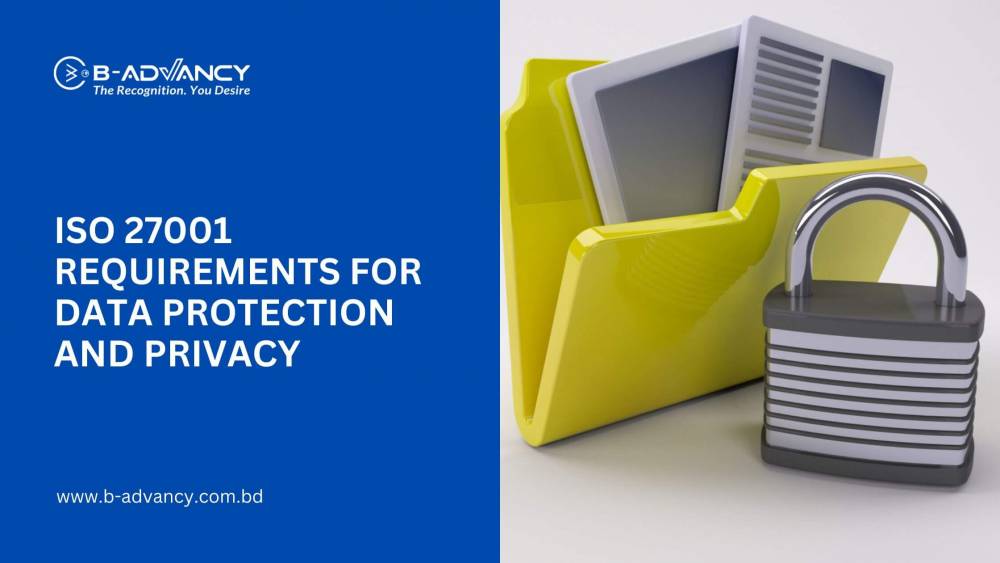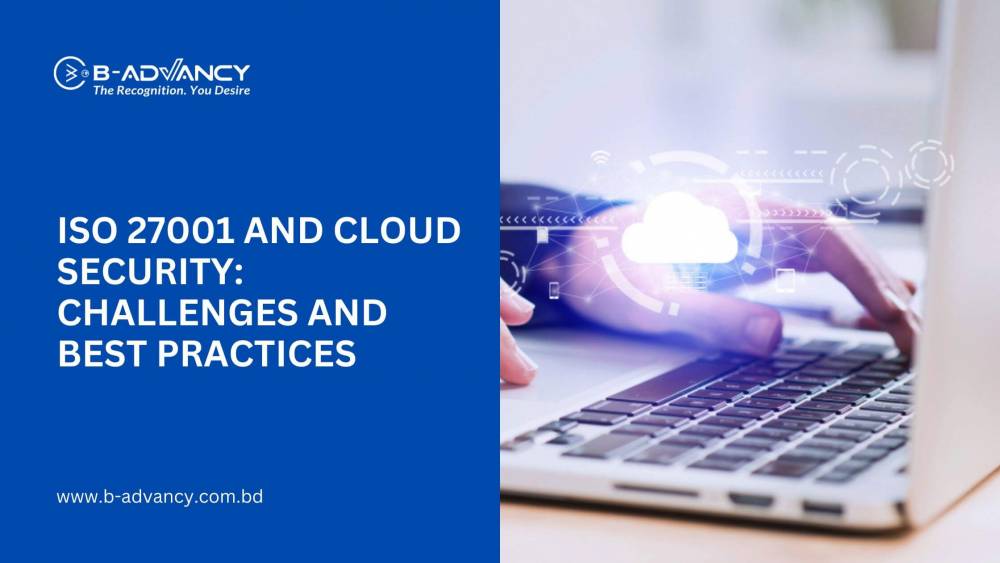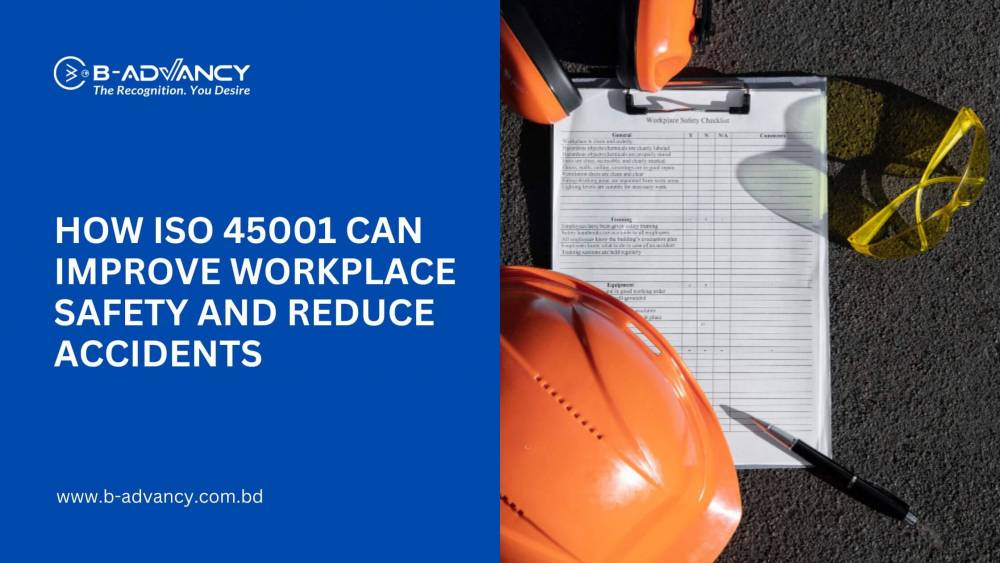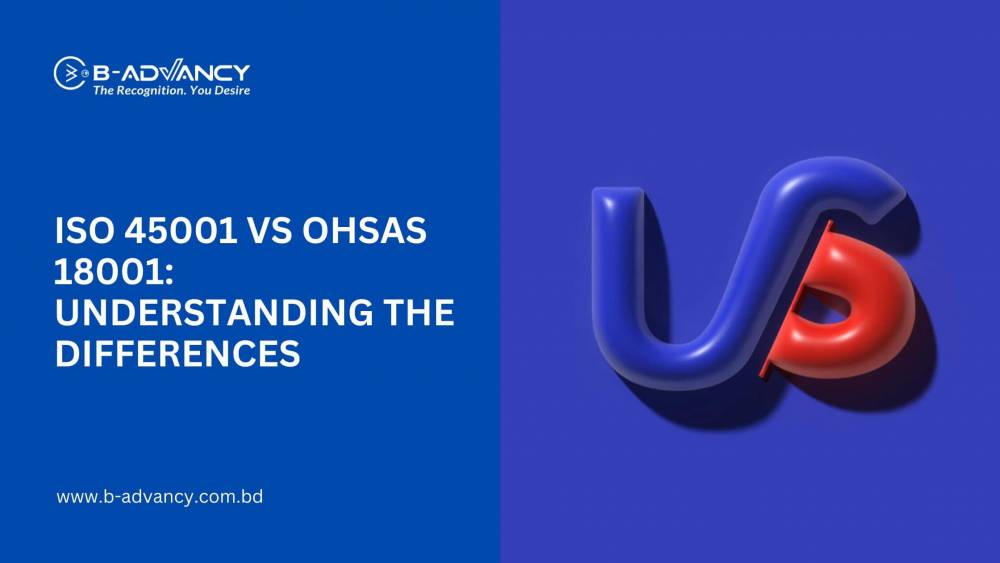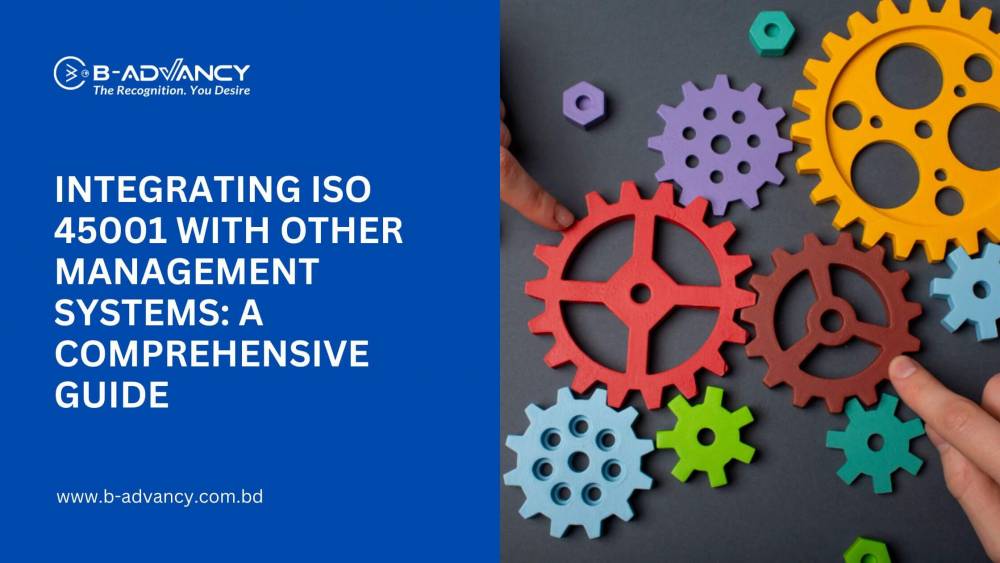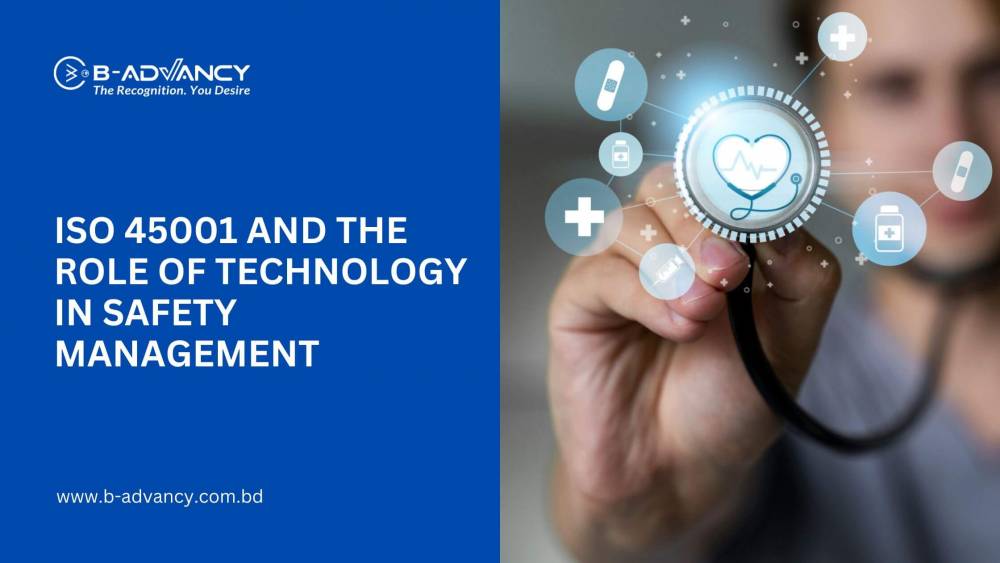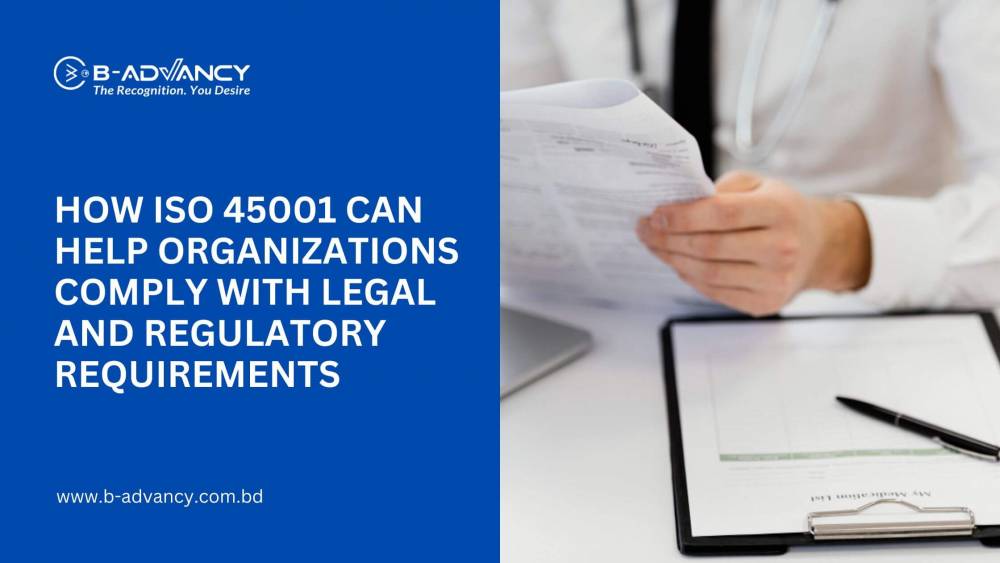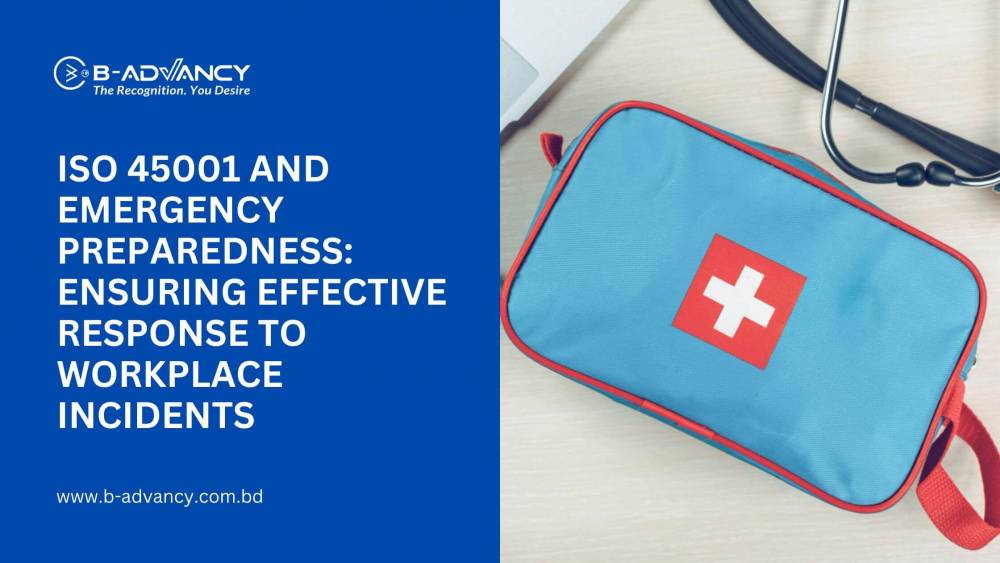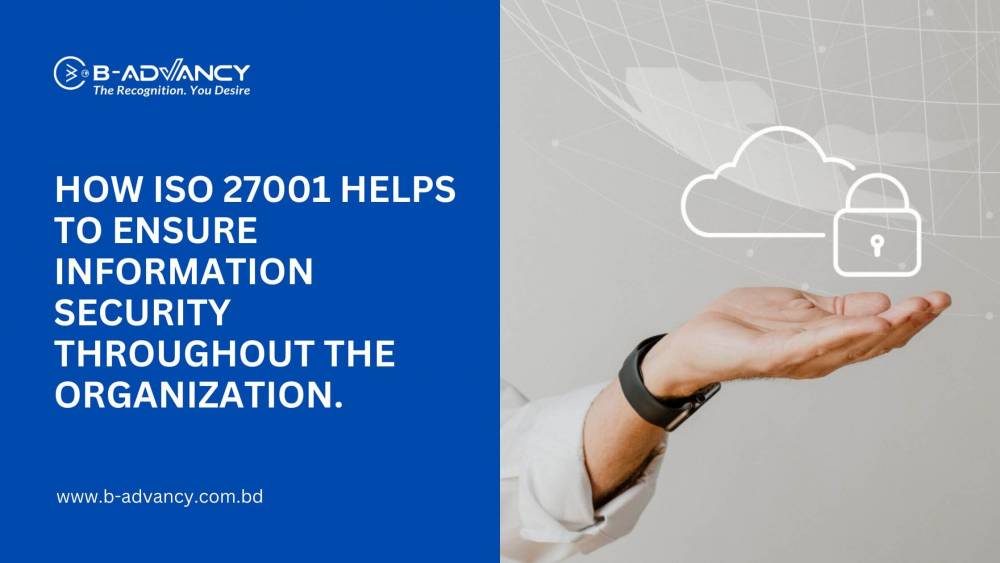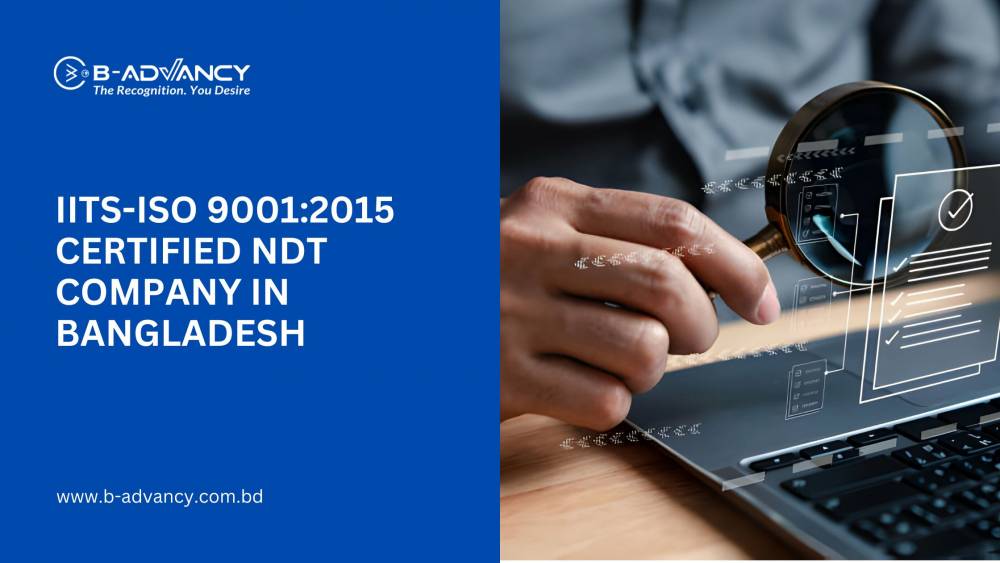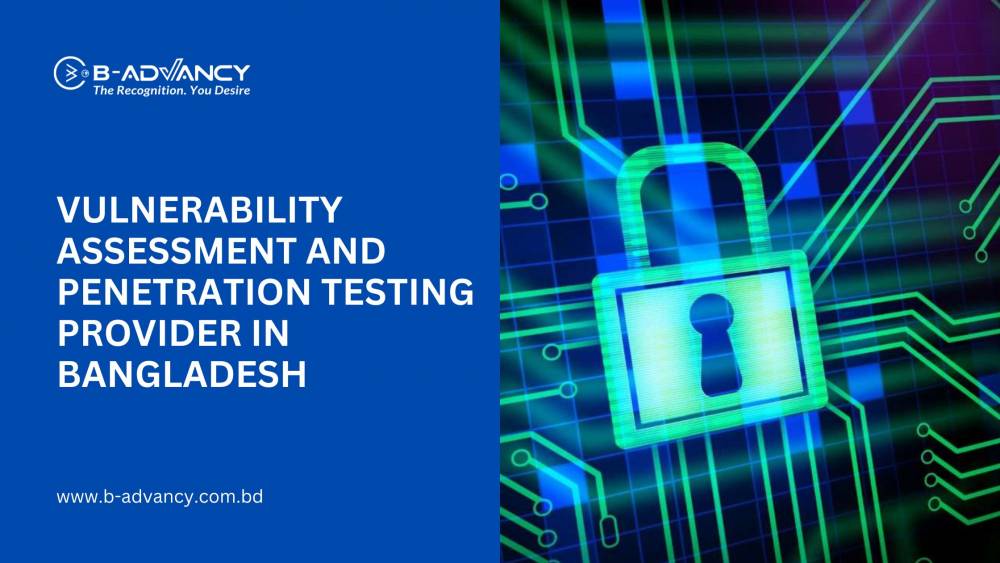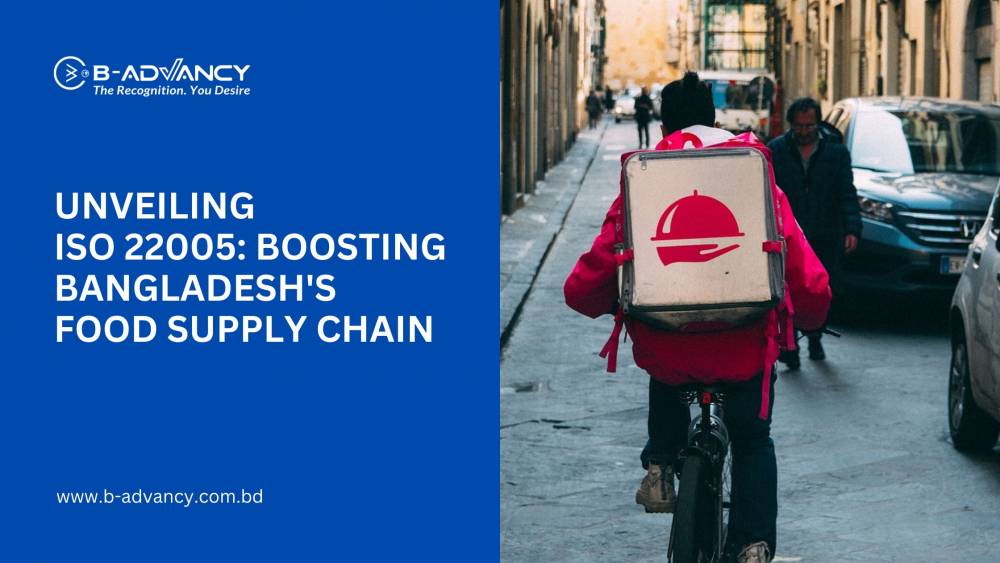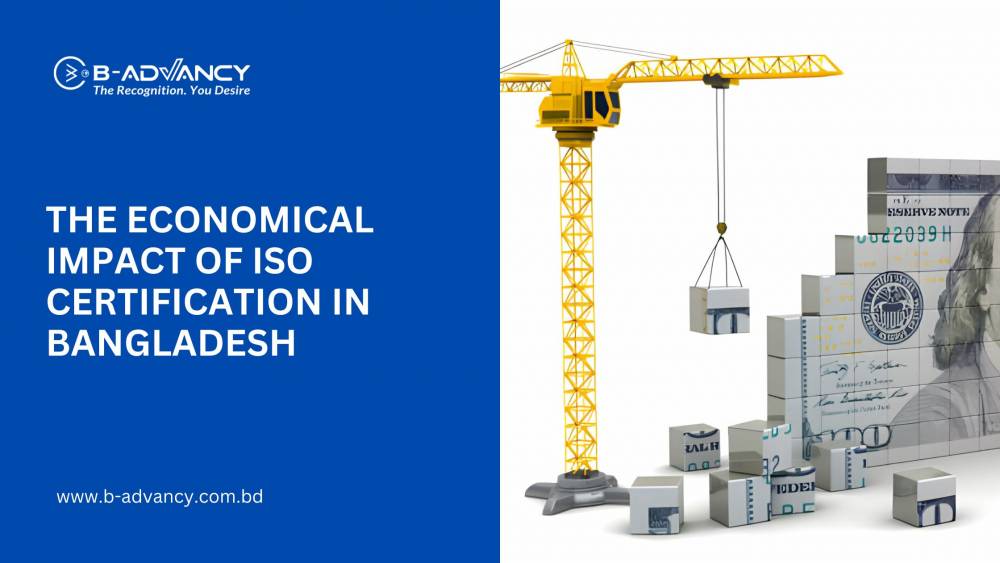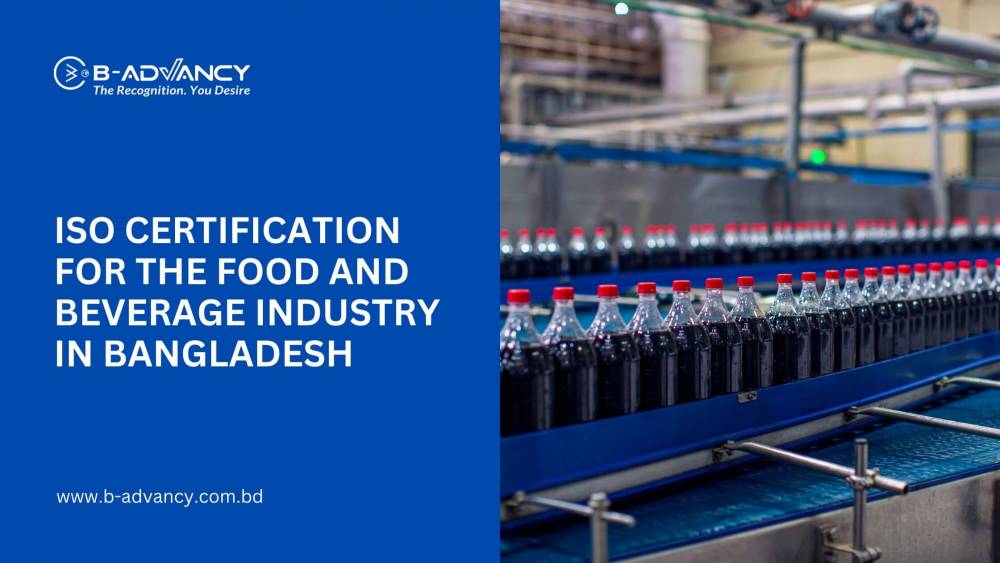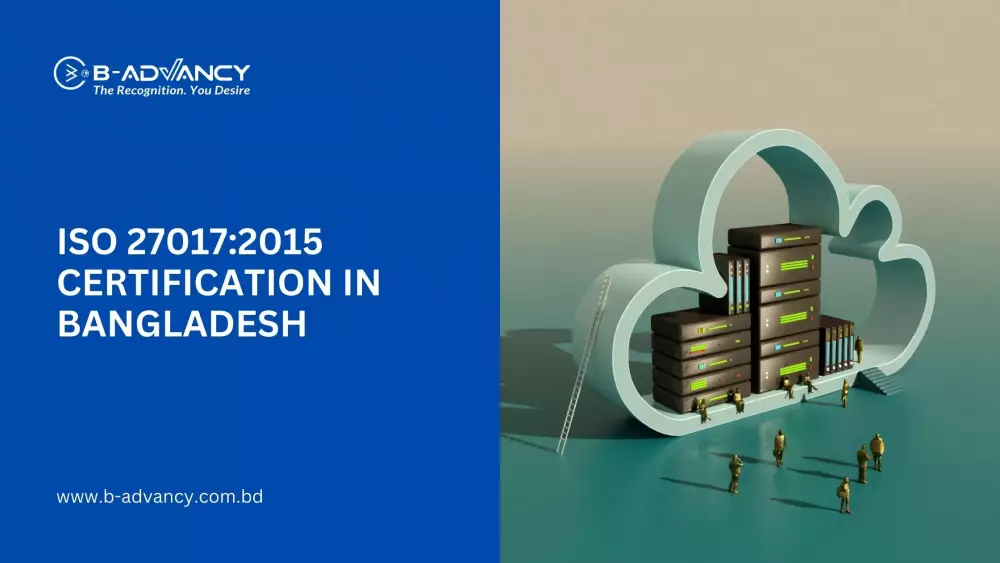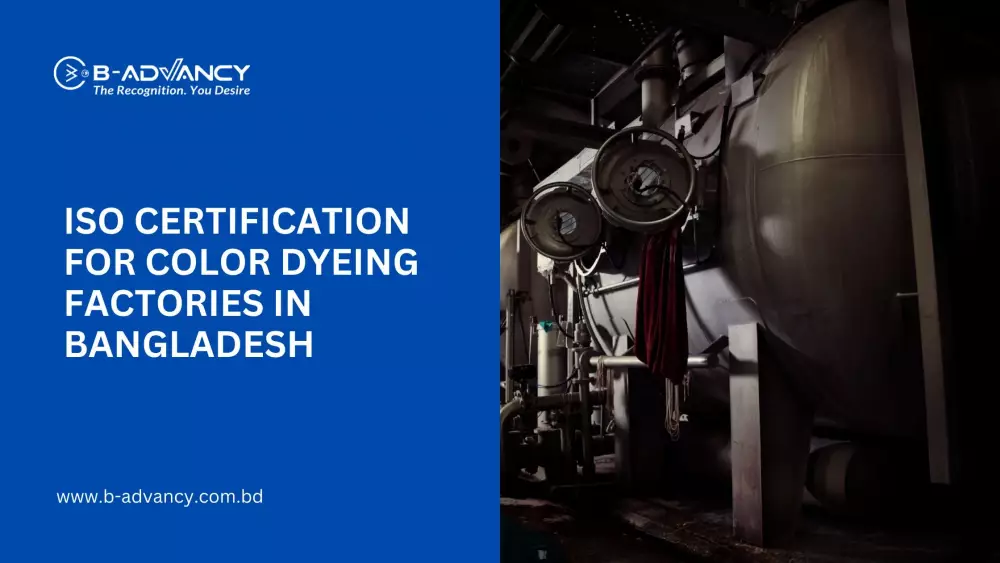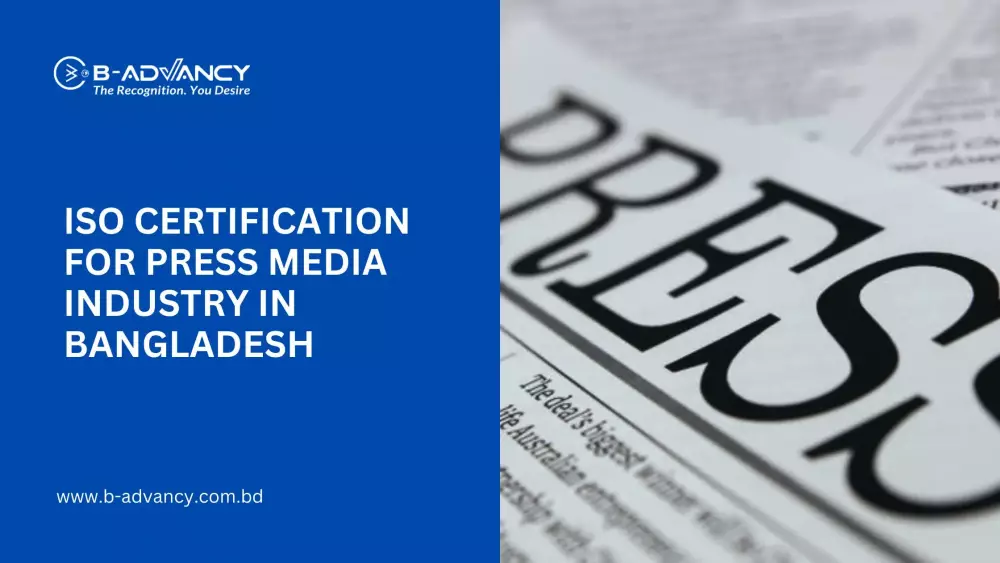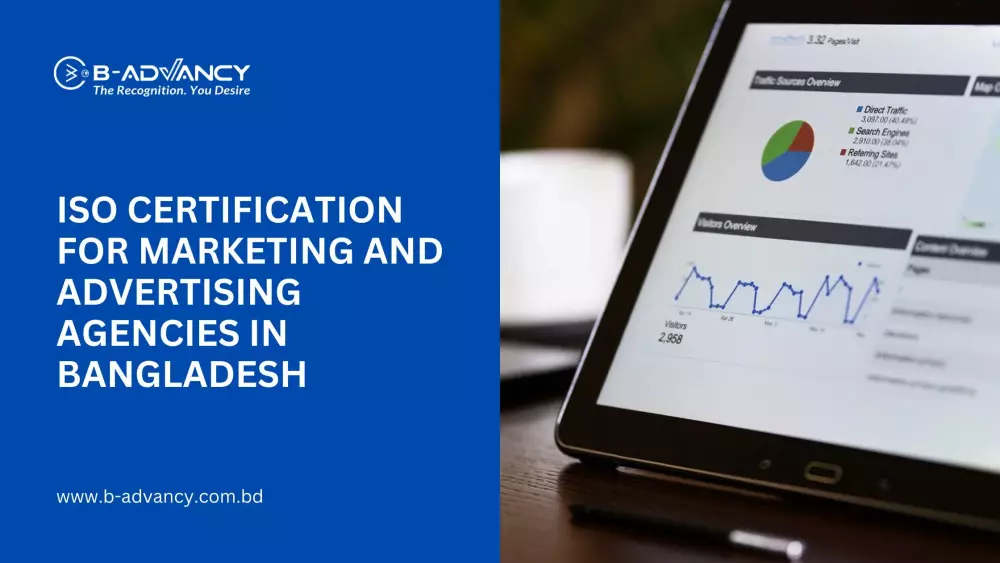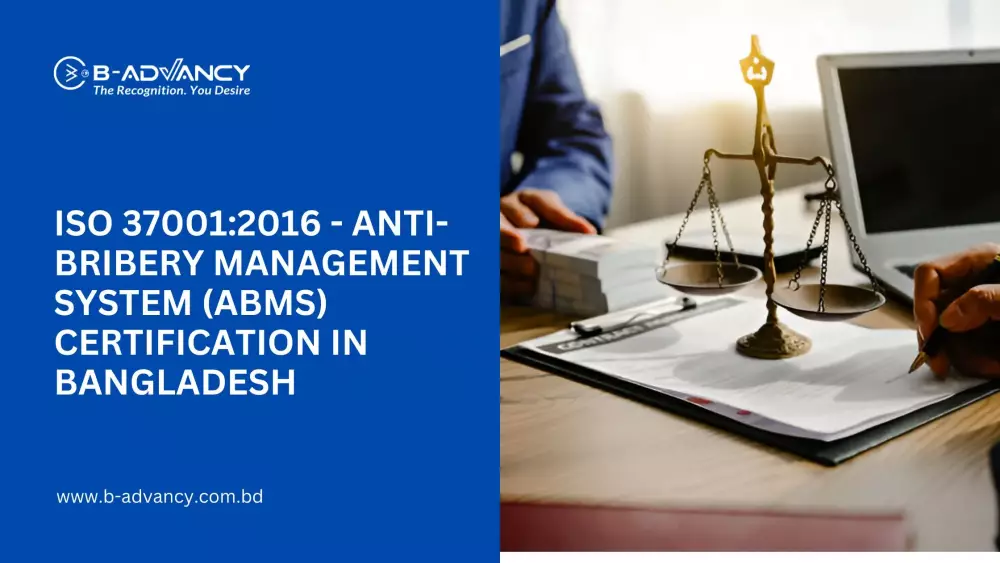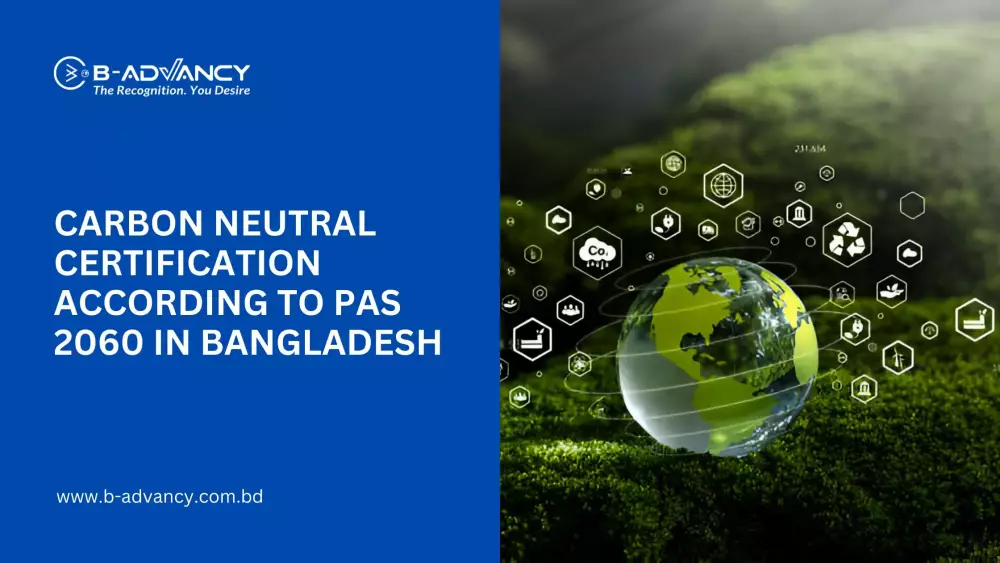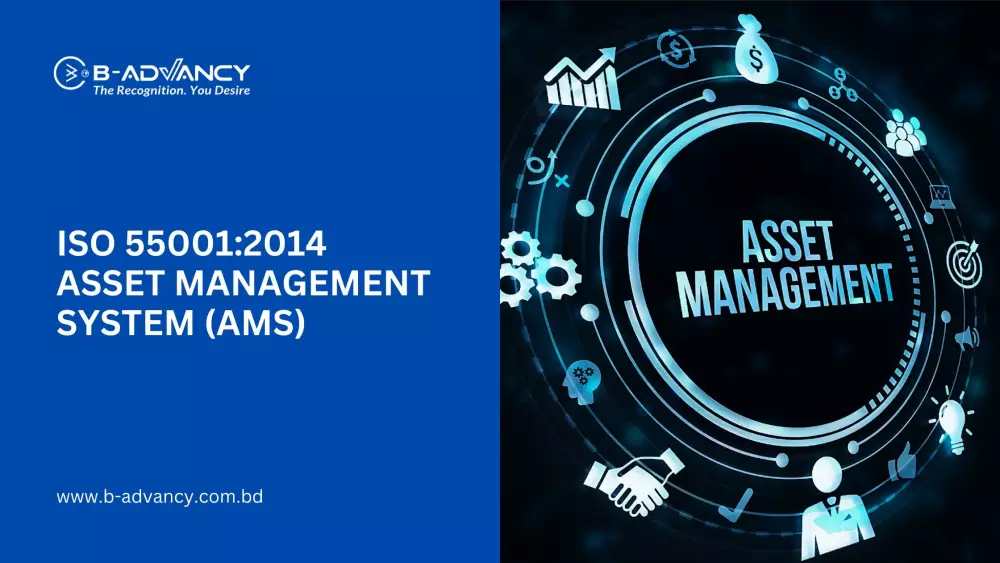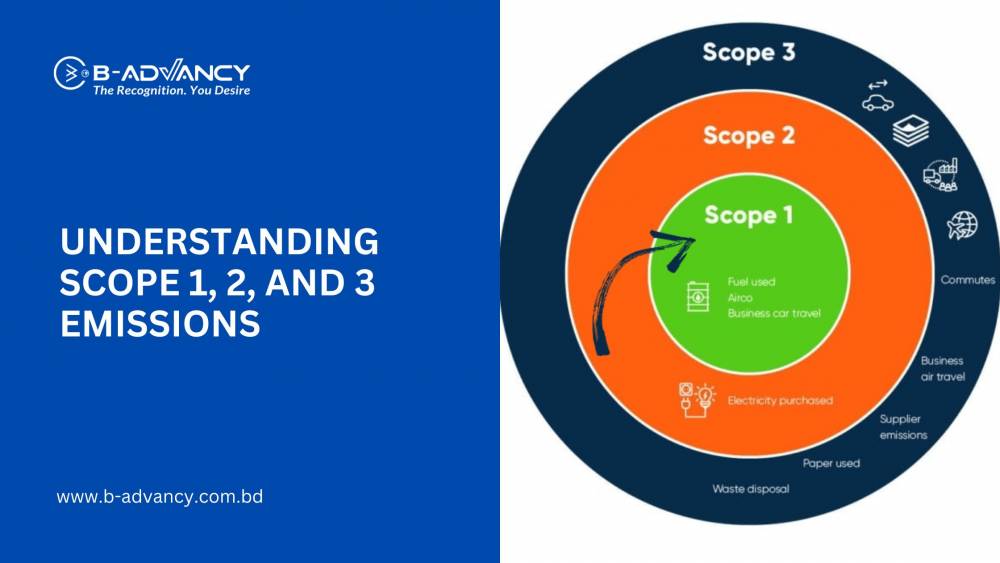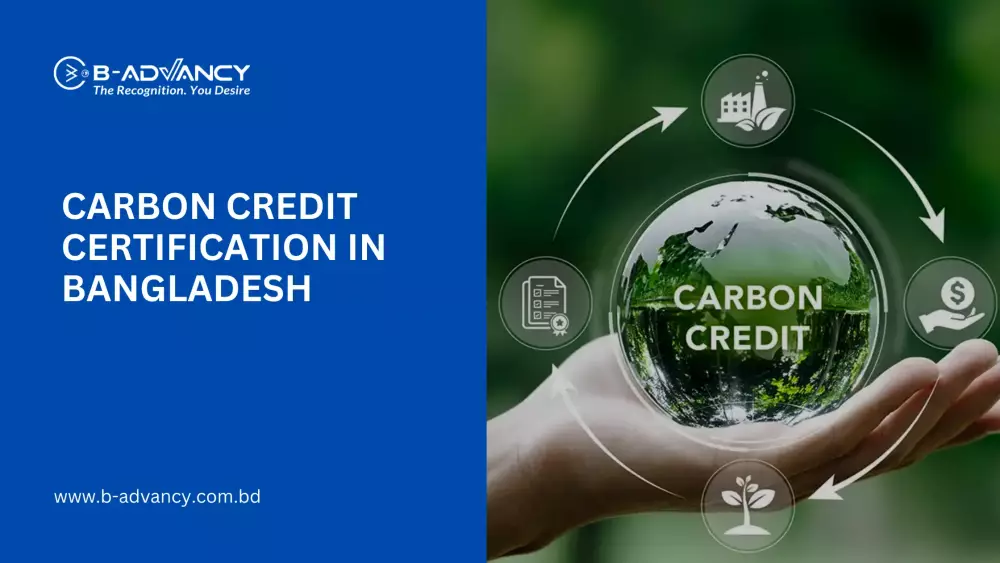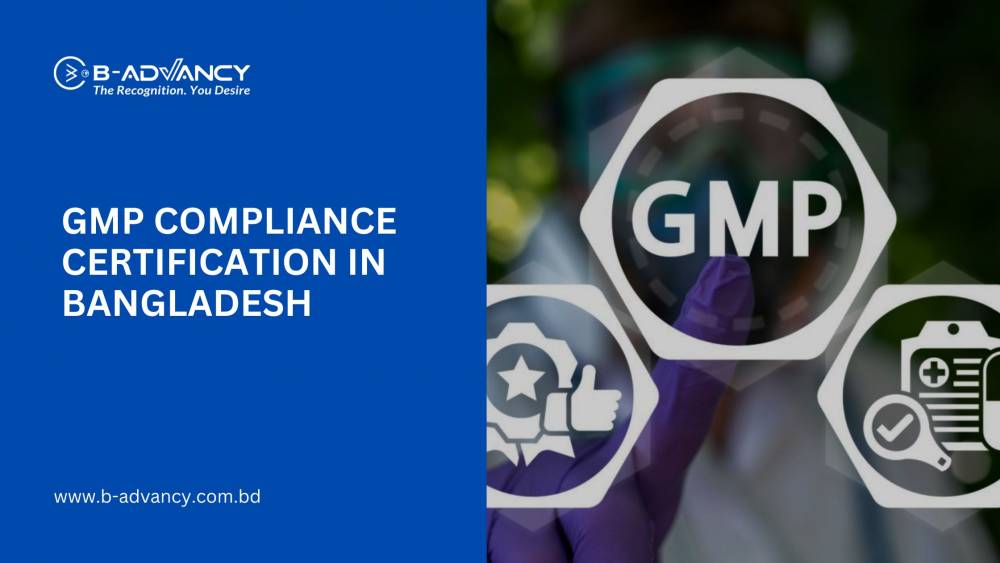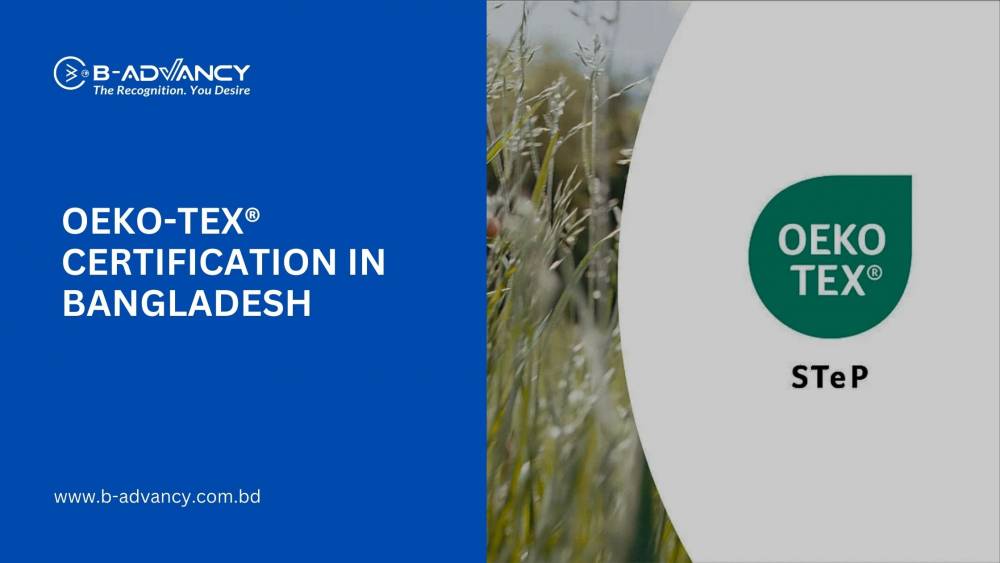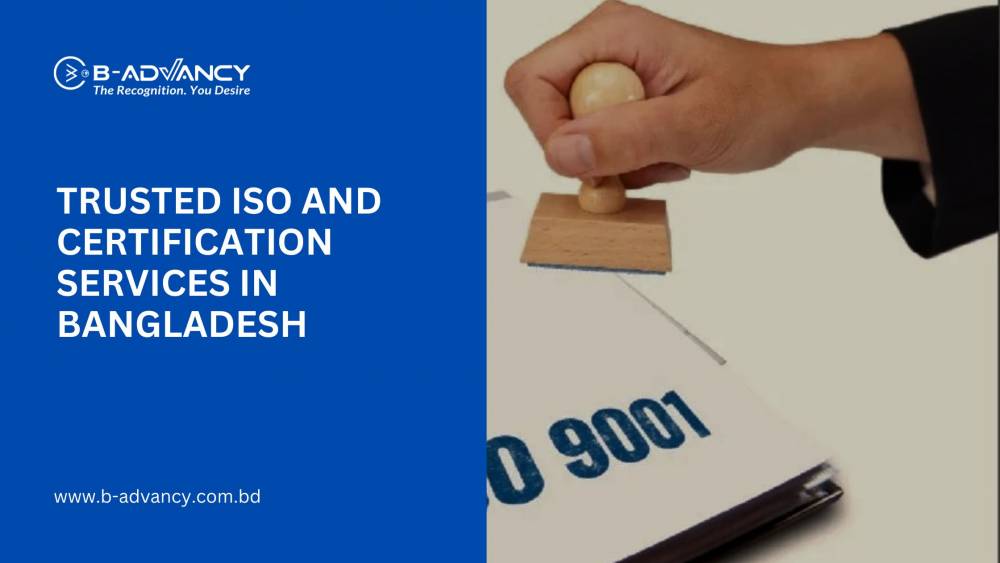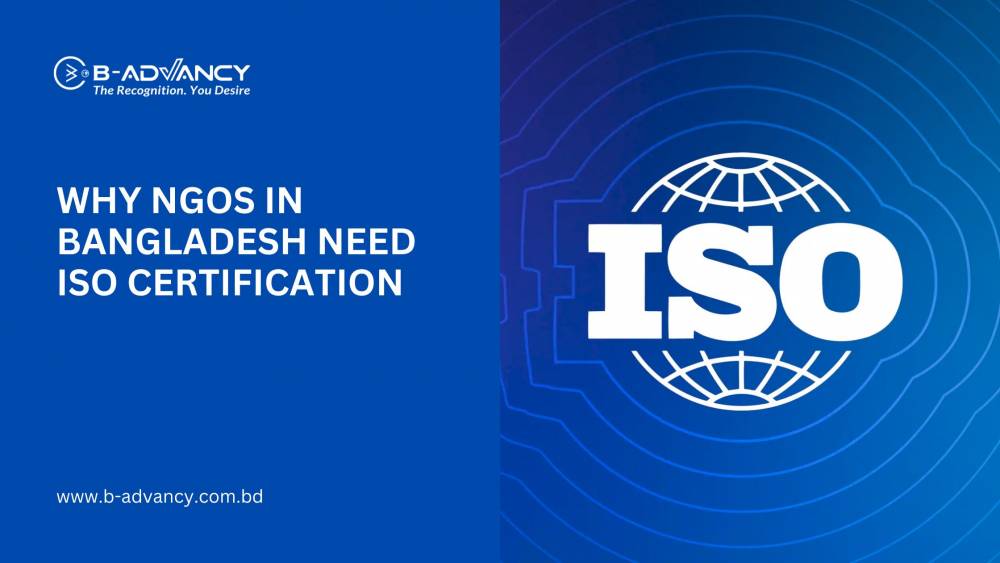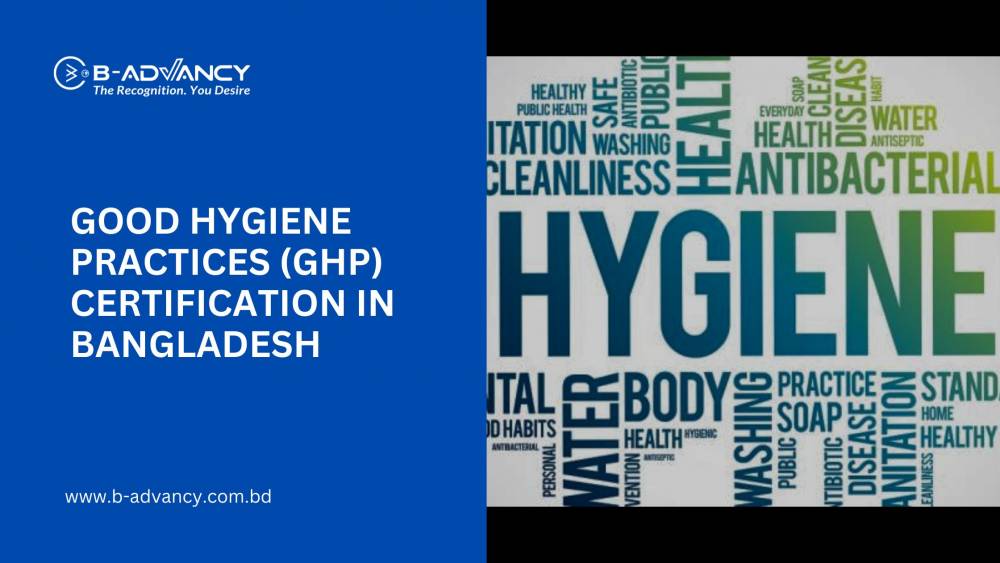ISO 14001 is an internationally recognized standard for environmental management systems (EMS). It provides a framework for companies to manage their environmental impact and improve resource efficiency. In this blog post, we'll explore how ISO 14001 can help companies reduce their environmental footprint and improve resource efficiency.
Reducing Environmental Footprint
Environmental footprint refers to the impact that a company has on the environment through its activities. It includes factors such as greenhouse gas emissions, waste generation, and water usage. Implementing an ISO 14001 EMS can help companies reduce their environmental footprint in several ways.
Setting Environmental Objectives and Targets
ISO 14001 requires companies to set environmental objectives and targets. This involves identifying areas where improvements can be made and setting specific goals for reducing environmental impact. For example, a company may set a target to reduce its carbon footprint by 10% over the next year.
By setting objectives and targets, companies can focus their efforts on areas where they can make the most significant improvements. It also provides a framework for measuring progress and tracking performance.
Practical Environmental Management Practices
ISO 14001 provides a framework for implementing practical environmental management practices. For example, it may require companies to implement a waste reduction program, where they look for ways to reduce waste generation, reuse materials, and recycle where possible.
Another example is energy efficiency, where companies may be required to identify opportunities to reduce energy usage and implement measures such as installing energy-efficient lighting or optimizing HVAC systems. These practices not only reduce environmental impact but can also result in cost savings for companies.
Real-World Example: Coca-Cola
Coca-Cola is a company that has implemented an ISO 14001 EMS. As part of this program, they set a goal to reduce their water usage ratio by 25% by 2020. Through various initiatives, such as improving water-use efficiency in their bottling plants, they achieved a 27.6% reduction in water usage ratio by 2019. This not only reduced their environmental impact but also resulted in cost savings of $8.2 million.
Resource efficiency refers to the efficient use of resources such as water, energy, and raw materials. Implementing an ISO 14001 EMS can help companies improve resource efficiency and reduce costs.
Resource Management and Conservation
ISO 14001 requires companies to implement resource management and conservation practices. This involves identifying areas where resources are being wasted and implementing measures to reduce usage. For example, a company may implement a water conservation program, where they identify areas of high water usage and implement measures such as low-flow faucets or water-efficient landscaping.
By improving resource efficiency, companies can reduce costs associated with resource usage, such as water and energy bills.
Real-World Example: Toyota
Toyota is a company that has implemented an ISO 14001 EMS. As part of this program, they set a goal to reduce their water usage by 10% by 2015. Through initiatives such as wastewater recycling and implementing water-efficient technologies, they achieved a 28% reduction in water usage. This not only reduced their environmental impact but also resulted in cost savings of $13 million.
Benefits of ISO 14001
Implementing an ISO 14001 EMS can bring several benefits to companies. These include improved regulatory compliance, cost savings, and enhanced reputation.
Improved Regulatory Compliance
ISO 14001 can help companies comply with environmental regulations and demonstrate their commitment to sustainability. This can reduce the risk of non-compliance penalties and legal disputes.
Cost Savings
Implementing environmental management practices through ISO 14001 can result in cost savings for companies. For example, reducing energy usage and water consumption can lead to lower utility bills, while reducing waste generation can reduce waste disposal costs.
Enhanced Reputation
Implementing an ISO 14001 EMS can enhance a company's reputation as a responsible and sustainable business. This can improve customer loyalty and attract new customers who are interested in doing business with environmentally responsible companies.
Real-World Example: 3M
3M is a company that has implemented an ISO 14001 EMS. They have set a goal to reduce their greenhouse gas emissions by 30% by 2025. Through initiatives such as energy efficiency improvements and increasing the use of renewable energy, they have achieved a 68% reduction in greenhouse gas emissions since 2002. This has not only reduced their environmental impact but also enhanced their reputation as a sustainable business.
Conclusion
In conclusion, implementing an ISO 14001 EMS can help companies reduce their environmental footprint and improve resource efficiency. By setting environmental objectives and targets, implementing practical environmental management practices, and improving resource efficiency, companies can reduce costs, improve regulatory compliance, and enhance their reputation as a sustainable business.
Real-world examples such as Coca-Cola, Toyota, and 3M demonstrate the benefits of implementing an ISO 14001 EMS. By prioritizing sustainability and taking action to reduce their environmental impact, these companies have achieved significant improvements in environmental performance, cost savings, and reputation.
As businesses increasingly prioritize sustainability, implementing an ISO 14001 EMS can provide a framework for managing environmental impact and improving resource efficiency. By doing so, companies can reduce costs, comply with regulations, and enhance their reputation as responsible and sustainable businesses.

